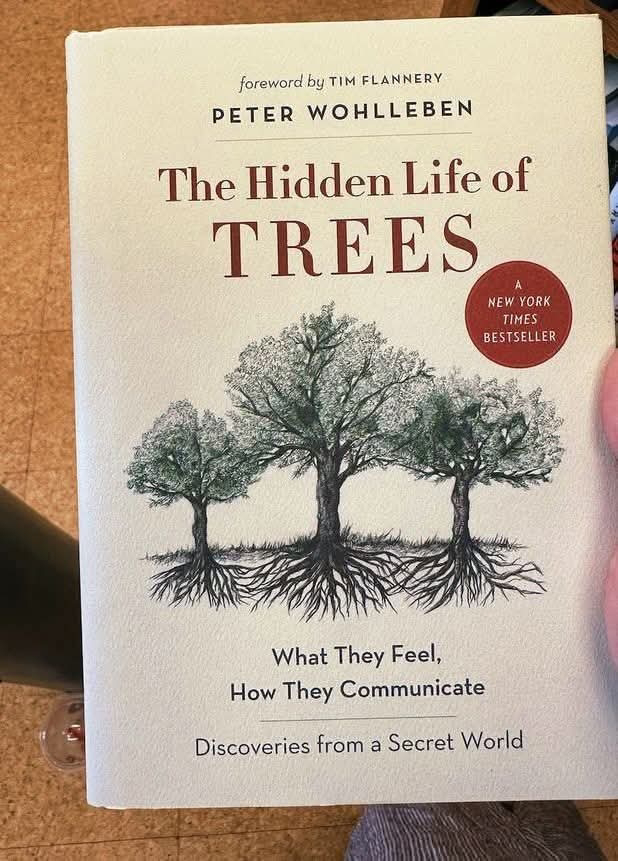Here are lessons from the book:
1. Trees Communicate with Each Other: Wohlleben reveals that trees engage in communication through a network of underground fungi known as mycorrhizae. This "Wood Wide Web" allows trees to share nutrients, warn each other of dangers (such as pests), and even support sick or struggling neighbors, demonstrating a complex social system.
2. Trees Have Emotions: The book suggests that trees can experience emotions similar to animals. Wohlleben posits that trees can feel pain, stress, and even joy, as they respond to their environment and interact with other trees, leading to a deeper understanding of their sentience.
3. The Importance of Biodiversity: Wohlleben emphasizes the significance of biodiversity in forests. A diverse ecosystem promotes resilience against diseases, pests, and environmental changes. The author advocates for maintaining a variety of tree species to create healthy and sustainable forests.
4. Parenting in the Tree World: The author discusses how trees exhibit parenting behaviors. For instance, mother trees nurture their young saplings by providing them with nutrients and shelter. This highlights the protective and nurturing roles that trees play within their communities.
5. Trees Need Companionship: Wohlleben points out that trees do not thrive in isolation. They benefit from social interactions with other trees and plants, which enhance their growth and survival. This interconnectedness underscores the importance of community for trees, much like in human societies.
6. The Role of Trees in Climate Regulation: The book illustrates how trees are vital for climate regulation. They absorb carbon dioxide and release oxygen, playing a crucial role in mitigating climate change. Wohlleben emphasizes the importance of preserving forests to maintain ecological balance.
7. Long Lifespans of Trees: Wohlleben highlights the remarkable longevity of trees, with some species living for thousands of years. He discusses how their slow growth and resilience contribute to their survival, offering insights into the importance of patience and stability in nature.
8. Human Impact on Forests: The author addresses the negative impact of human activities on forests, such as deforestation, monoculture planting, and urbanization. He advocates for sustainable forestry practices and greater awareness of how our actions affect tree communities and ecosystems.
9. The Beauty of Decay: Wohlleben presents the concept that decay is a natural and necessary part of life. Dead trees and fallen leaves provide habitat and nutrients for other organisms, contributing to the cycle of life. This perspective encourages appreciation for all stages of a tree’s life, including its death.
10. The Spiritual Connection to Trees: Finally, Wohlleben reflects on the spiritual and aesthetic significance of trees. He encourages readers to cultivate a deeper connection with nature, appreciating trees not only for their ecological importance but also for their beauty and the sense of peace they provide.
"The Hidden Life of Trees" by Peter Wohlleben offers a profound and enlightening look at the complex lives of trees and their interconnectedness with the environment. Through rich storytelling and scientific insights, Wohlleben reveals the intelligence and emotional depth of trees, encouraging readers to rethink their relationship with nature. The lessons within inspire a greater appreciation for biodiversity, the importance of sustainable practices, and the need to connect with the natural world. Wohlleben’s work serves as a compelling reminder of the vital role trees play in our ecosystem and the profound beauty of life that exists within forests.
GÊT BOOK: https://amzn.to/400zHP5
You can ENJOY the AUDIOBOOK for FREE (When you register for Audible Membership Trial) using the same link above.
FOLLOW Reading Culture





0 Comments